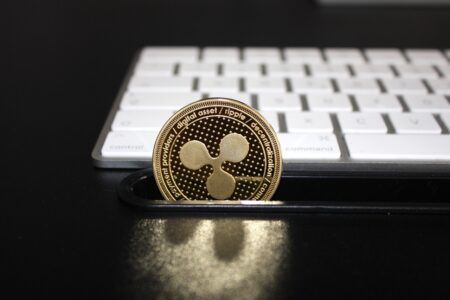Tiberius Group, a Swiss asset manager and commodities trader, has recently revealed it will delay the launch of its metals-backed cryptocurrency Tiberius Coin until December of this year over credit card-related costs.
According to Bloomberg, the firm has received orders of up to $1 million via its subsidiary, Tiberius Technology Ventures AG, but fees from credit card processors were “unacceptably high.” The company estimates it’s been unable to handle orders of over $15 million because of credit card-related restrictions.
Tiberius Group was quoted as saying in a blog post:
As of now, we are investing heavily in our platform, improving it and working with notable credit-card processors to on-board new payment gateways for our client base to use.
Investors who bought the cryptocurrency are set to be refunded within 30 days. As CryptoGlobe covered, Tiberius Group announced its commodity-backed cryptocurrency earlier this year, and sold it at about $0.7 per coin.
The cryptocurrency, Tiberius Coin, is backed by a basket of seven metals: aluminum, nickel, cobalt, platinum, tin, gold, and copper. Its supply, as reported at the time, is going to be “purely based on demand,” while being limited by the availability of the underlying metals.
The firm’s cryptocurrency is set to be listed on the Estonian-based exchange LATOKEN, as it reportedly fulfills the necessary regulatory standards. Investors can also swap their coins for the physical commodities they’re backed by with the company, although a minimum of $10,000 in fees will be required since most companies deal in terms of tons and not grams.
The metals-backed cryptocurrency was criticized when it was first announced as asset-backed coins aren’t new and have so far seen mixed results. There’s even the Digix Gold Token (DGI), which is reportedly pegged to gold 1:1.
Adrian Ash, research director at London-based BullionVault, an exchange that trades gold since 2005 to clients who transact peer-to-peer without a blockchain, stated: “They’re trying to solve a problem that doesn’t exist — all of this can be achieved without the additional cost of a distributed ledger.”








